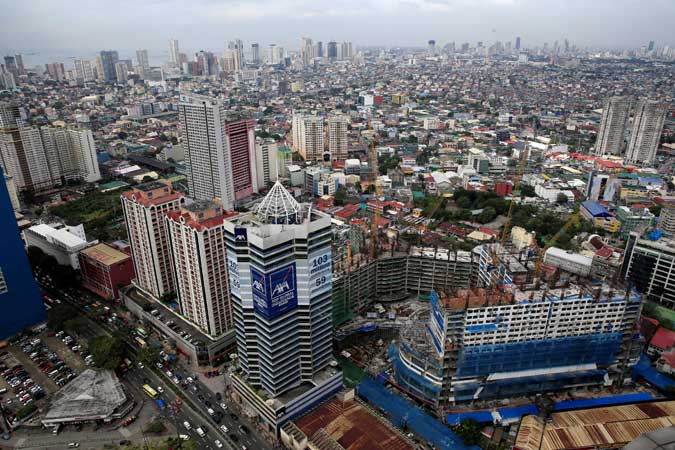By Luz Wendy T. Noble, Reporter
THE country’s midterm growth potential remains strong amid a coronavirus pandemic, and good fundamentals continue to guard its credit rating and outlook, according to Moody’s Investors Service.
But remittances and investments could be hit if the government fails to contain infections, Christian de Guzman, senior vice-president of Sovereign Risk Group at Moody’s, told BusinessWorld via Zoom Cloud Meetings last week.
“We don’t necessarily think that there is going to be a structural downshift in growth, assuming that there will be a degree of normalization and a resolution to the pandemic starting next year,” he said.
The global credit watcher affirmed its Baa2 rating and stable outlook for the Philippines in July, saying the country’s strong fiscal position would shield it from the health crisis.
Moody’s expects the Philippine economy to slump by 7% this year before bouncing back with a 6.8% growth next year.
The government expects economic output to shrink by 4.5% to 6.6 this year and grow by 6.5% to 7.5% next year.
Mr. De Guzman said economic weak points remain, such as the tourism sector, though border restrictions around the world won’t cause as much damage compared with its neighbors in the region.
“There is a bit of nuance because compared with Thailand and the region, the nature of travel and tourism in the Philippines is more domestic than international,” he said.
Some destinations in the Philippines such as Boracay, Tagaytay, Baguio and Palawan started to welcome local tourists last month, provided they come from areas of the country under a relaxed community quarantine.
Tourist numbers are also limited and they must comply with minimum safety standards.
Mr. De Guzman said remittances and investment flows would depend on travel restrictions in both source and destination countries.
He cited Singapore and Hong Kong’s travel bubble after they allowed their citizens to travel between them without the need for quarantines because both have managed to control the virus.
A government failure to control coronavirus infections “could very well affect the deployment of overseas Filipino workers, which can then affect the remittance inflows down the road,” Mr. De Guzman said.
Cash remittances rebounded with a 9.3% growth to $2.601 billion in September from a year earlier, but inflows for the 10 months were still down by 1.4% to $22.187 billion, according to data from the Philippine central bank.
Foreign direct investments (FDI) will also depend on travel restrictions since some transactions require investors to physically come here.
FDIs grew for a fourth straight month in August due to renewed investor confidence despite the pandemic, the central bank said this month.
Net inflows climbed by 46.9% to $637 million in August from a year earlier. For the eight months through August, FDI inflows dropped by 5.6% to $4.432 billion from last year.
The Philippines would continue to be on a “better footing” than many of its Baa2-rated peers despite risks to growth, Mr. De Guzman said, citing the country’s improved fiscal position in the past decade and its strong banking system.
“We understand that the country’s debt will rise, effectively erasing some of the gains that were made over the past decade,” he said. “But we are viewing this as a cyclical shock.”

